| Size | Trade Gallons, Two Gallons, Three Gallons |
|---|
Asimina triloba – Common Pawpaw (B&B.DR.H.M.OP)
Price range: $30.00 through $40.00
Ecosystem Services:
(B)-Birds (B&B)-Birds & Butterflies
(BTF)-Butterflies (BW)-Black Walnut Resistant
(DR)-Deer Resistant (DRGHT)-Drought Resistant
(EC)-Erosion Control (EVR)-Evergreen
(FC)-Fall Color (FRG)-Fragrant
(GRD)-Groundcover (H)-Host plant
(HMR)-Hummingbirds (M)-Mammals
(MTH)-Moths (N)-Nectar
(NB)-Native Bees (NST)-Nesting Material
(OP)-Other pollinators (RR)-Rabbit Resistant
(SHWY)-Showy (SPC)-Specimen Plant
Pawpaw is a deciduous, native, understory tree. In spring, 6-petaled, purplish-brown flowers mature. Flowers have both male and female parts but are self-incompatible. A genetically different pollen donor (a pollinizer) is needed for fruit production. In late summer to early fall, pawpaw produces an edible, sweet-tasting, and custard-like fruit measuring 2.5 to 6 inches. Harvesting the fruit can be difficult with competition from ambitious wildlife. It is recommended to wear gloves when harvesting as contact dermatitis has been known to occur. The leaves turn a yellow color in the fall and provide interest.
Pawpaw does well in naturalized, riparian, or woodland areas. It is a flowering tree that attracts butterflies, pollinators, small mammals, and songbirds, which makes pawpaw a good addition to a butterfly, pollinator, or rain garden. Flies and beetles are beneficial pollinators attracted to the fetid odor of flowers. It is an easy-to-grow fruit tree for children’s gardens.
Host plant for the Zebra Swallowtail Butterfly! Deer Resistant!
Only logged in customers who have purchased this product may leave a review.

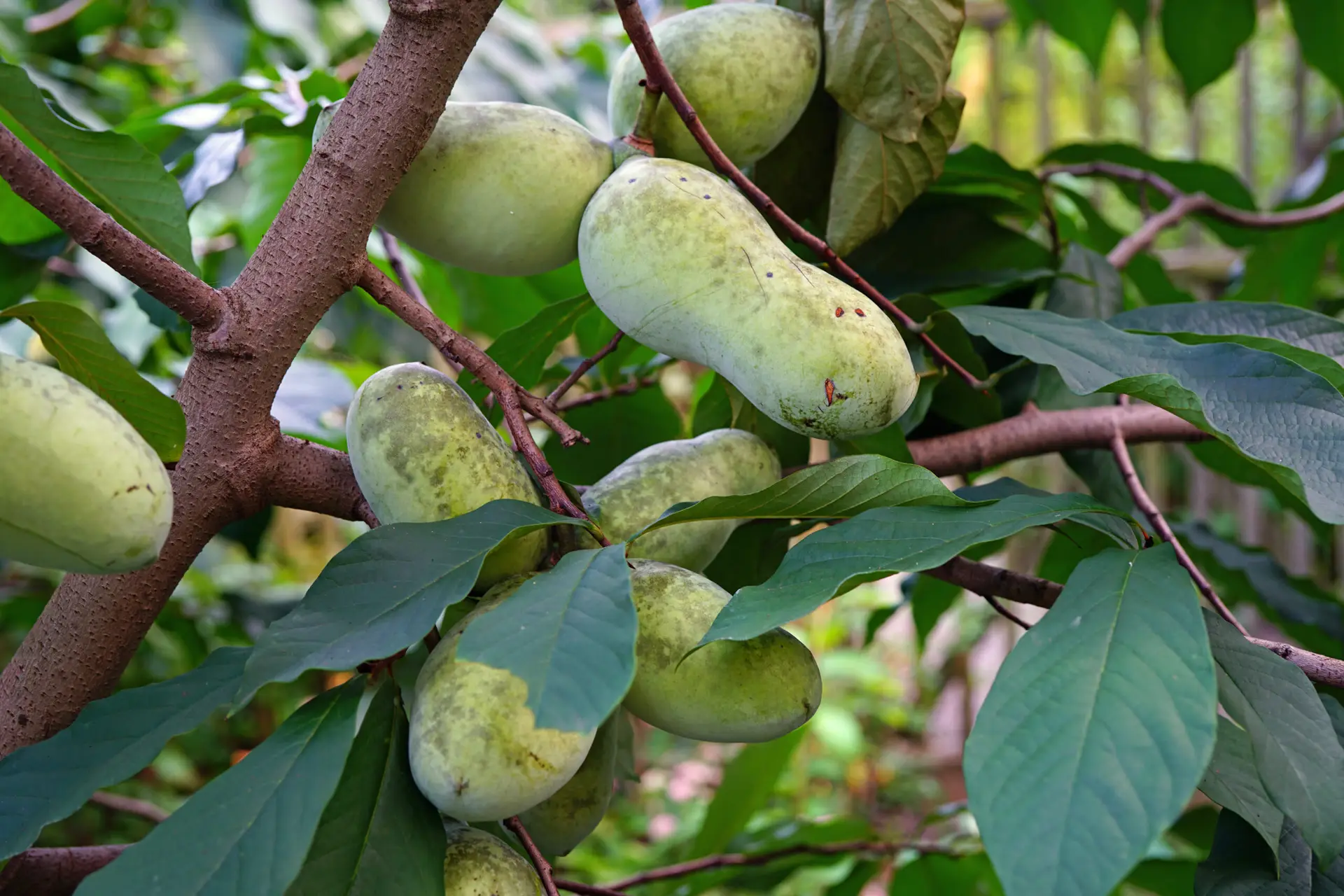
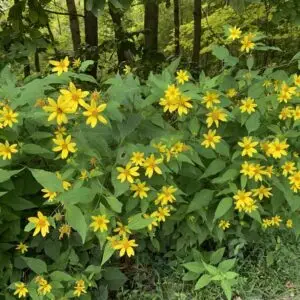
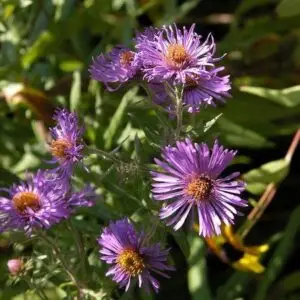
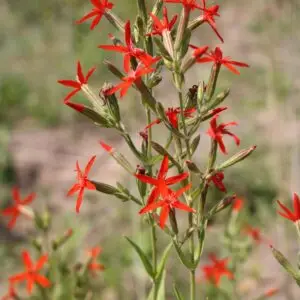
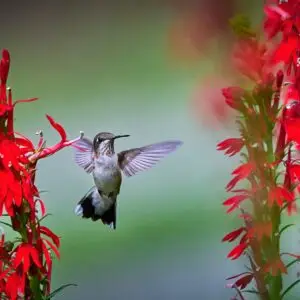
Reviews
There are no reviews yet.